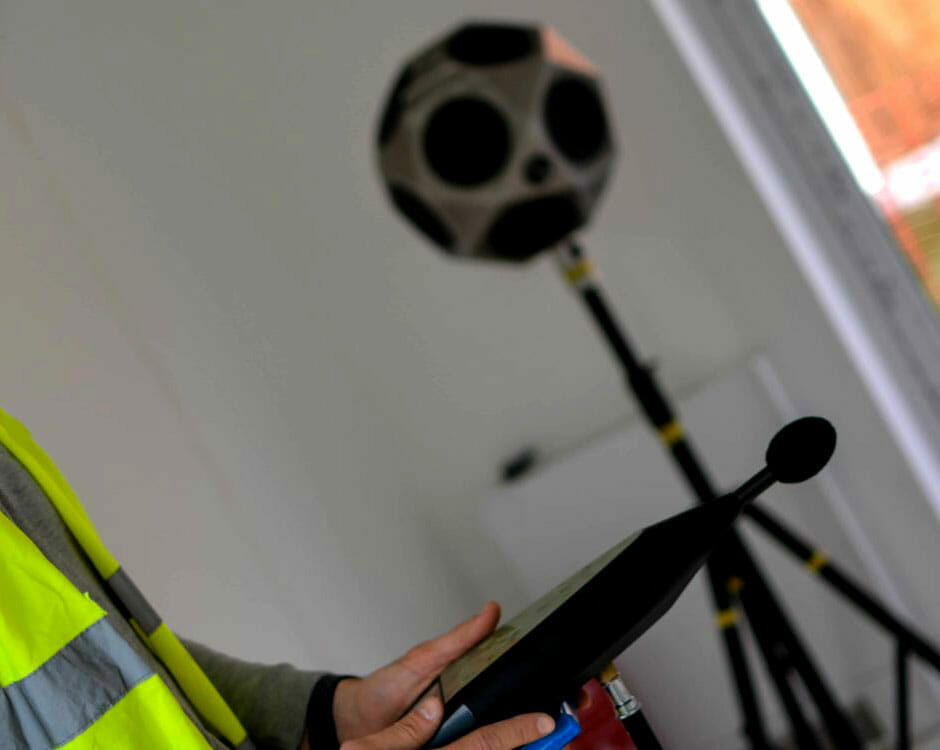Part E was first introduced in 2003 and is an essential part of the Building Regulations set for England and Wales. Building regulations are put in place to ensure the safety of buildings and structures. Part E focuses on acoustic performance. The aim of Part E is to reduce the transfer of noise between dwellings.
At AF Acoustics, we conduct sound insulation tests for our clients. Our tests determine if a building meets or exceeds the standards set out in Part E. Many of our clients chose to involve us early on to ensure their wall and floor design will meet the required standards. We conduct tests as well as offer guidance and advice to help pass the requirements set out in Part E. Involving us early on tends to work out to be cheaper for the project as a whole.
Should a building fail Part E, we are able to offer guidance solutions to overcome any sound insulation issues. Our consultants are able to give recommendations based on the results of the assessment.

